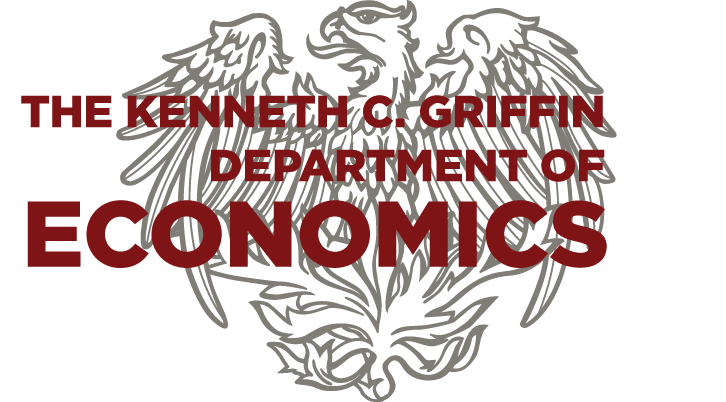Agglomeration
Working Papers
Abstract: Relative to remote work, working downtown facilitates valuable interactions with other in-office workers, but entails commuting costs. The resulting coordination mechanism can lead to multiple stationary equilibria with different levels of remote work. Temporary reductions in commuter shares, such as the COVID-19 pandemic, can then lead to persistently large fractions of remote workers. Consistently, using cell-phone-based mobility data for the U.S., we document that trips in the largest cities have stabilized at levels that are only about 60% of pre-pandemic levels, while smaller cities have returned to pre-pandemic levels. U.S. cities that exhibit multiplicity experience average welfare losses of 2.3%.
Journal Publications
Abstract: We study the number, size, and location of a firm’s plants. The firm’s decision balances the benefit of delivering goods and services to customers using multiple plants with the cost of setting up and managing these plants, and the potential for cannibalization that arises as their number increases. Modeling the decisions of heterogeneous firms in an economy with a vast number of widely distinct locations is complex because it involves a large combinatorial problem. Using insights from discrete geometry, we study a tractable limit case of this problem in which these forces operate at a local level. Our analysis delivers predictions on sorting across space for industries with many plants per firm. Compared with less productive firms, productive firms place more plants in dense high-rent locations and place fewer plants in markets with low density and low rents. Controlling for the number of plants, productive firms also operate larger plants than those operated by less productive firms. We present evidence consistent with these and several other predictions using U.S. establishment-level data.
Abstract: We use a simple theory of a system of cities to decompose the determinants of the city size distribution into three main components: efficiency, amenities, and frictions. Higher efficiency and better amenities lead to larger cities but also to greater frictions through congestion and other negative effects of agglomeration. Using data on MSAs in the United States, we estimate these city characteristics. Eliminating variation in any of them leads to large population reallocations, but modest welfare effects. We apply the same methodology to Chinese cities and find welfare effects that are many times larger than those in the US.
Abstract: It has long been recognized that the forces that lead to the agglomeration of economic activity and to aggregate growth are similar. Unfortunately, few formal frameworks have been advanced to explore this link. We critically discuss the literature and present a simple framework that can circumvent some of the main obstacles we identify. We discuss the main characteristics of an equilibrium allocation in this dynamic spatial framework, present a numerical example to illustrate the forces at work, and provide some supporting empirical evidence.
Specialization and Concentration: A Note on Theory and Evidence
Empirica, 2006, 33(4): 255-266
Abstract: We study the prediction of the theory in Rossi-Hansberg [Rossi-Hansberg E (2005) Am Econ Rev 95(5):1464–1491] that, under quite general circumstances, lower transport costs increase specialization of regions or countries and decrease (regional) concentration of industries. This prediction contradicts the contention of other models and many empirical papers that specialization and concentration should move in parallel. We use two data sets on manufacturing industries across US States and EU member countries to show specialization and concentration do not develop in parallel. The empirical data replicates some of the features of the divergence predicted in the model.
Abstract: The equilibrium relationship between trade and the spatial distribution of economic activity is fundamental to the analysis of national and regional trade patterns, as well as to the effect of trade frictions. We study this relationship using a trade model with a continuum of regions, transport costs, and agglomeration effects caused by production externalities. We analyze the equilibrium specialization and trade patterns for different levels of transport costs and externality parameters. Understanding trade via the distribution of economic activity in space naturally rationalizes the evidence on border effects and the "gravity equation".
Technical Appendix: Proofs of Propositions 1 and 2 and Matlab Program

